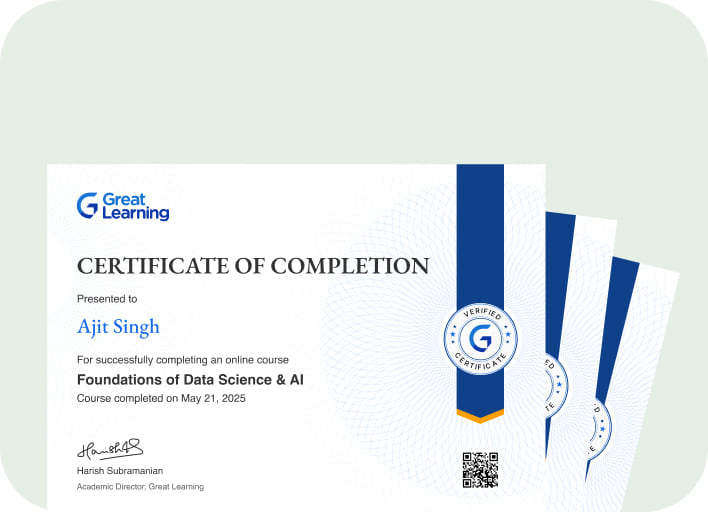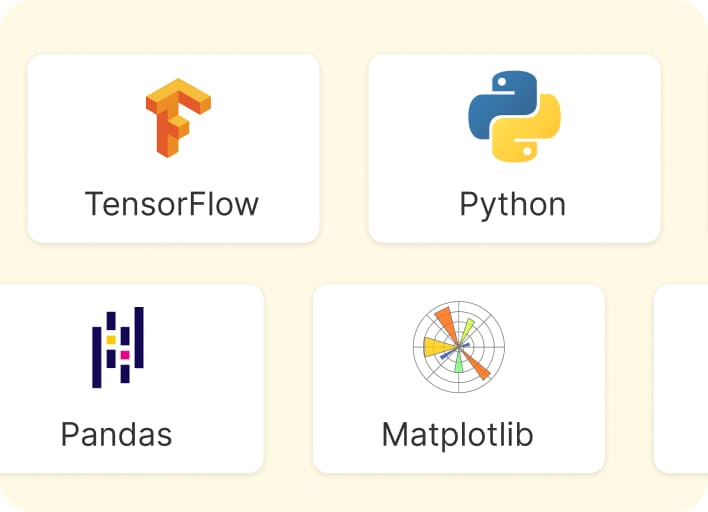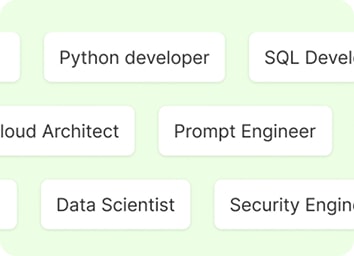Data Structures in C Free Course for Beginners
Data Structures in C
This free Data Structures in C course offers comprehensive lectures by experts with real-world examples on arrays, linked lists, stacks, queues, binary trees, and binary search trees. Start now!
Instructor:
Mr. Bharani AkellaAbout this course
Enroll in our data structures in c free course to secure a comprehensive foundation in this critical area of programming. This course aims to provide learners with an in-depth understanding of data structures, the core elements of programming languages. You will delve into essential topics such as arrays, stacks, queues, and linked lists, gaining practical knowledge and skills.
As the course progresses, it also covers complex data structures including heaps, hashing, binary search trees, and trees, enriching your learning experience with hands-on examples and demonstrations. Upon successful completion of all modules and the quiz, participants will receive a certificate, marking their achievements in this data structures free course with certificate.
Are you up for stepping into advancing your software skills? Great Learning offers highly appreciated Online Software Engineering Courses that will help you build your career. Enroll in the paid program of your interest and achieve a certificate.
Course outline
Arrays in C
Array is a collection of elements where the data types of all elements are the same. With the help of a C program, let’s understand what are arrays and how it works in the C language.
Linked List
A linked list is a linear type of data structure that comes in handy while solving complex problems. This module gives a brief on the linked list along with discussing its advantages, disadvantages, and applications. You also have a demonstration on a linked list with the help of a code example.
Stack
Stack comes under a linear data structure and is known for its FILO/LIFO property. The module focuses on introducing you to stack and goes through its several advantages, disadvantages, and applications. You will also learn about its demonstration using an array with the help of a code example.
Queue
A queue is a linear form of data structure and follows the FIFO/LILO property. The module starts by giving you a brief on queue, its advantages, disadvantages, and applications. Lastly, you will have a demonstration of the queue using an array with the help of a code example.
Binary Tree and Binary Search Tree
A binary tree is a hierarchical and the most critical data structure. The course starts by familiarizing you with binary tree and binary search tree, their advantages, disadvantages, and applications. You will also have demonstrations of binary tree and binary search tree with the help of code examples.
Heap
Heaps are represented as arrays but visualized as a complete binary tree. This module helps you understand heap, its advantages, disadvantages, and applications. Lastly, you can understand it better with the help of a demonstration of heap using a code example.
Hashing
Hashing is a unique technique for implementing data structures. The module briefly discusses hashing and lets you know about its advantages, disadvantages, and applications. You will also have a demonstration of hashing using a code example.
Get access to the complete curriculum once you enroll in the course
Level up with advanced skills & become job ready with Pro+
Subscribe to Pro+ today to build skills with 50+ Pro courses and prep for jobs with advanced AI tools.

Learn C Programming from Scratch

Practice exercises

Guided Projects

AI Resume Builder

AI mock interviews
What our learners enjoyed the most
Skill & tools
60% of learners found all the desired skills & tools
Our course instructor

Mr. Bharani Akella
Data Scientist
IT & Software Expert
Frequently Asked Questions
Will I receive a certificate upon completing this free course?
Is this course free?
Is the Data Structures in C course a certification course?
Why choose Great Learning Academy for this free Data Structures in C course?
Great Learning Academy provides this Data Structures in C course for free online. The course is self-paced and helps you understand various topics that fall under the subject with solved problems and demonstrated examples. The course is carefully designed, keeping in mind to cater to both beginners and professionals, and is delivered by subject experts. Great Learning is a global ed-tech platform dedicated to developing competent professionals. Great Learning Academy is an initiative by Great Learning that offers in-demand free online courses to help people advance in their jobs. More than 5 million learners from 140 countries have benefited from Great Learning Academy's free online courses with certificates. It is a one-stop place for all of a learner's goals.
What are the prerequisites required to learn this Data Structures in C course?
This free course is intended for beginners who may have little or no knowledge of Data Structures in C. Hence, this course has no prerequisites as learners will start learning from scratch.
How long does it take to complete this free Data Structures in C course?
This free course contains 2 hours of video content that addresses all the fundamentals of Data Structures in C. Learners can plan and learn according to their comfortable pace.
What are my next learning options after this Data Structures in C course?
Learners looking forward to improving their software skills can go through Great Learning’s Full Stack Developer Course. Enroll in this paid program to obtain advanced full-stack software development skills.
Is it worth learning Data Structures in C?
Data structures are the skeleton of any programming language. Thus, this free course is a good head start for the learners who wish to ace C programming, one of the well-established, flexible, and well-known programming languages.
What are Data Structures in C used for?
Data Structures in C are used for storing data in a specific format that can be accessed and worked with efficiently. Common data structures include arrays, linked lists, and trees, considered the building blocks of C programming.
Why are Data Structures so popular?
There are two crucial reasons behind the popularity of data structures. One reason is that they allow efficient access to data, and another reason is that they allow for easy data manipulation.
What jobs demand that you learn Data Structures in C?
Many jobs demand that you learn Data Structures in C like:
- Software Engineer
- Web Developer
- Full-Stack Developer
- Database Administrator
- Systems Analyst
- Network Engineer
- Security Engineer
- Systems Administrator
What knowledge and skills will I gain upon completing this Data Structures in C course?
This free course will help you learn C programming basics by familiarizing you with the essential data structures like an array, stack, queue, linked list, tree, graph, and hashing. You will gain a clear idea of the implementation of these data structures.
How much does this Data Structures in C course cost?
This course on Data Structures in C is absolutely free of cost, and learners can enroll in the course without much hustle and learn the concepts they are interested in with the appropriate resources.
Is there a limit on how many times I can take this free Data Structures in C course?
No. You can revisit this course anytime you feel like it and revise the concepts you have learned.
Can I sign up for multiple courses from Great Learning Academy at the same time?
Yes, you can join multiple courses simultaneously. Learners are free to pick up the courses that are beneficial to their career goals.
Who is eligible to take this Data Structures in C course?
Any learner who wishes to establish their career in programming can attain this course, which helps them build a strong foundation in C programming- the most used and well-known language.
What are the steps to enroll in this course?
Firstly, you must visit Great Learning Academy, which offers free courses.
- Search for the “Data Structures in C” course through the search bar.
- You can enroll in the course through the prominently displayed enroll button.
- You can now efficiently start learning.
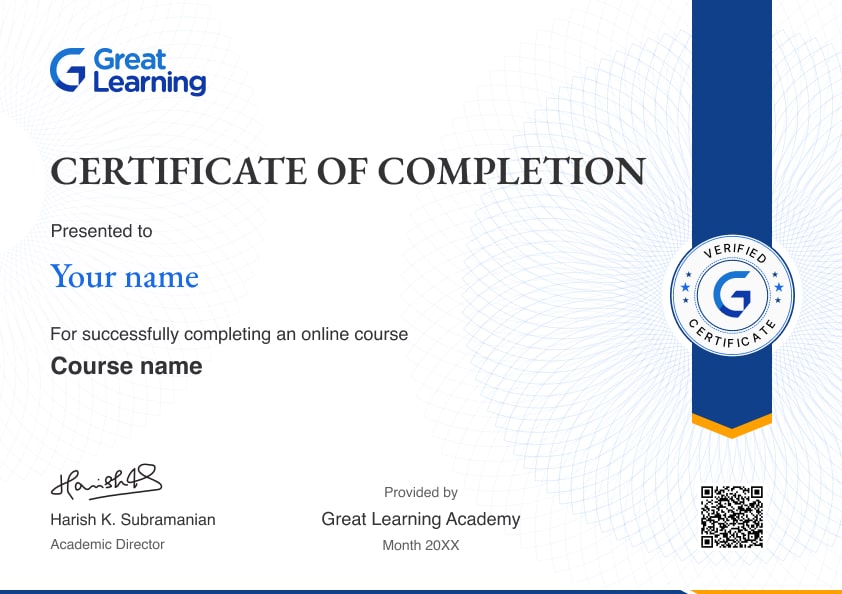
 4.39
4.39










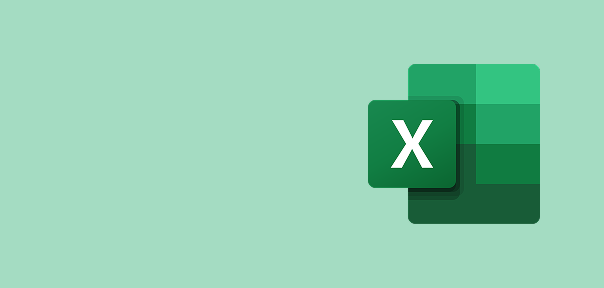


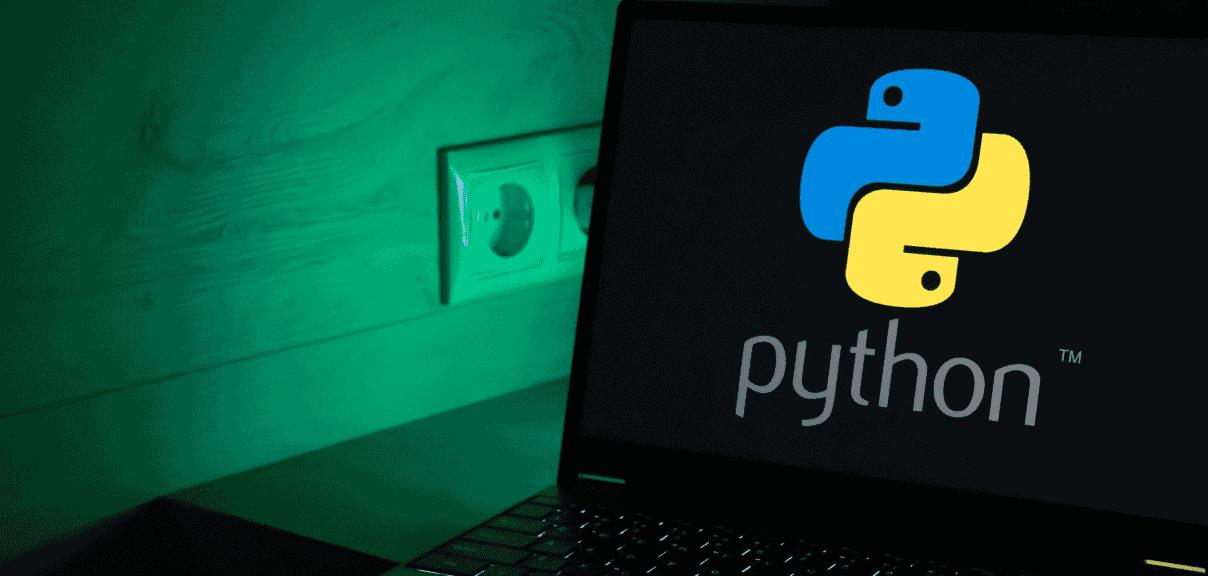

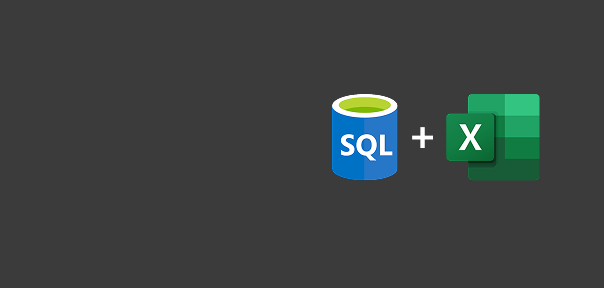

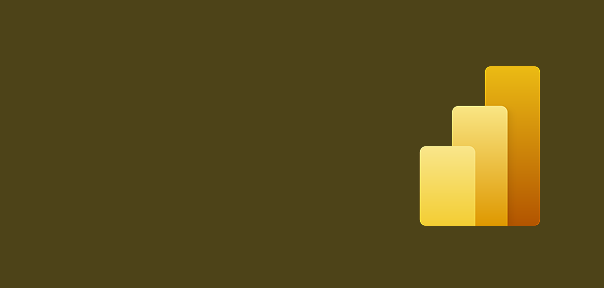

.jpg)


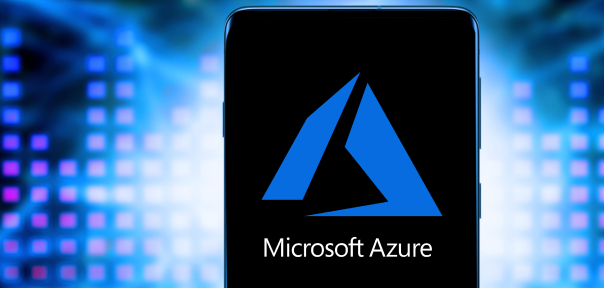
.jpg)
.png)


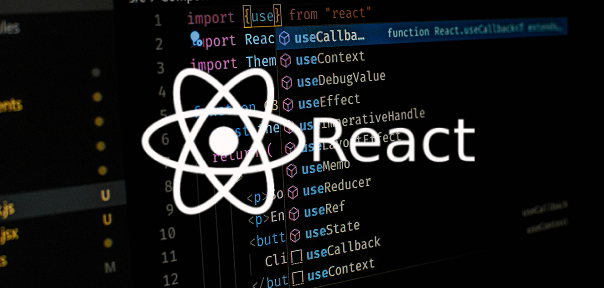
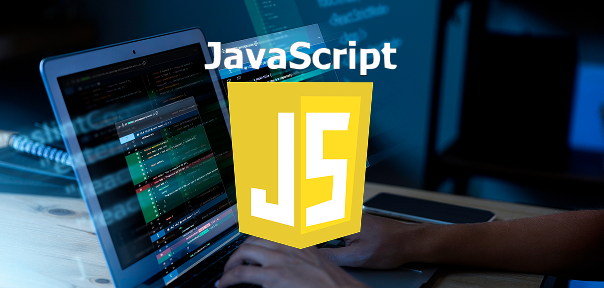

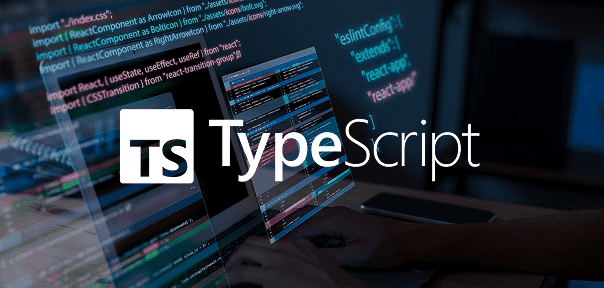

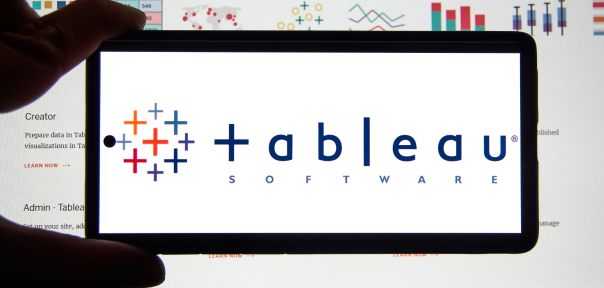
.png)





.jpg)
.jpg)
.jpeg)
.jpg)



.png)
.jpg)
.jpg)
.png)
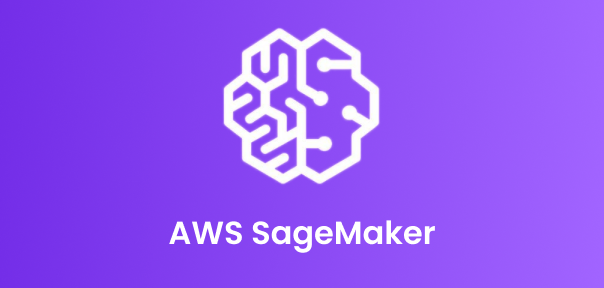


.png)
.png)
.png)




.png)
.png)




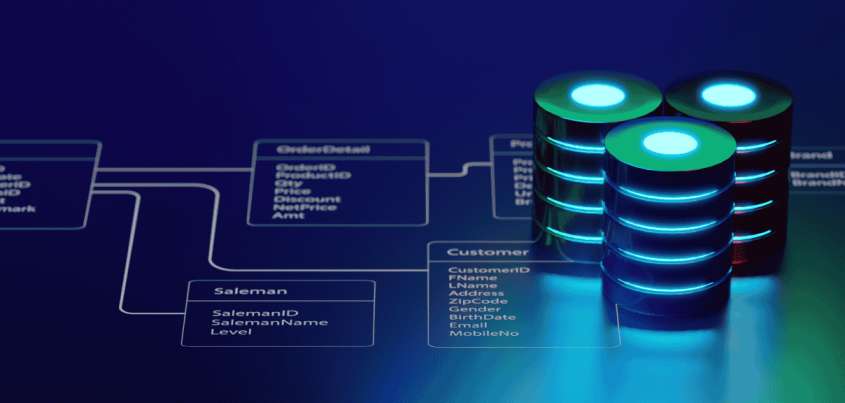
 (1).png)
.png)
.png)
.png)
.png)

.png)
 (1).jpg)
.png)
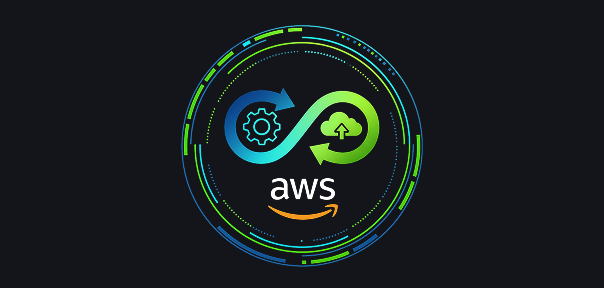
.png)
.png)



